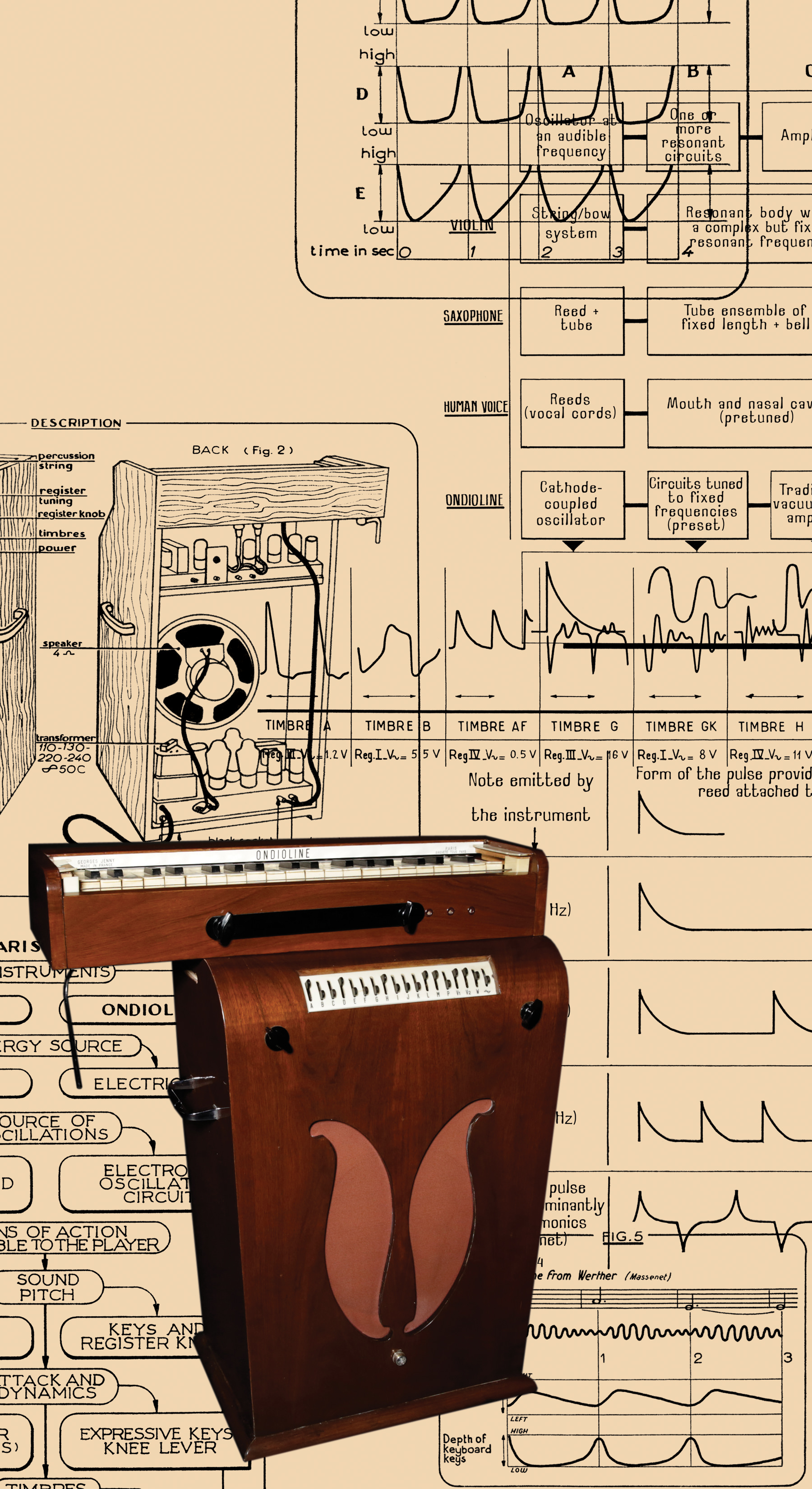In all honesty, the original SPL Transient Designer [Tape Op #21] was one of the first pieces of analog hardware that really blew my mind. The first time I played around with one, perhaps fifteen years ago, I was shocked at how different it was from "normal" dynamics processors. With only two knobs (on the original), you could take a drum (or other instrument) and fully alter its envelope in ways that gating and compression couldn't quite achieve. Sucking all of the decay out of a tom while still retaining a natural sound, for instance, or making a snare drum ring out to its fullest extent, or dialing just enough attack into a dully recorded kick drum — these were all things that had never been accomplished so easily before. Today, there are many transient and envelope–altering tools on the digital side of things, but SPL is still the most common purveyor of the analog version of this technology — and it sounds better than any plug-in with a comparable feature set, in my opinion.
The TDx, an updated version of SPL's widely-revered Transient Designer 4, adds a couple of features, and makes a pretty package for people looking to fill out their 500-series frames. The two basic controls from the original are Attack and Sustain. Attack has a cut/boost range of ±15 dB, while Sustain can do ±24 dB of amplification/attenuation. Again, I'll reiterate how very much you can shape sounds with just these two knobs; massive amounts of envelope alteration are possible. The TDx introduces two new controls: Mix and Output. These simple additions make a huge difference in the usefulness of the processor. Since turning up Attack, in particular, can add a substantial amount of amplitude to your signal, the Output attenuator can ensure that you don't overload the next device in your signal chain. I had often wished for this control on the older units, and I gather I wasn't alone. The Mix control is also super handy, eliminating the need for eating up a separate console channel when using the processor in "parallel" mode. Being able to dial in a bit of the "dry" sound really opens up a new level of control over the envelope. One thing I got into was setting a really high Attack, but only dialing in a small percentage of the "wet" signal. This creates a completely unique attack characteristic that I truly don't know how I could achieve any other way.
The other two features on the faceplate are a tiny bypass switch and an LED that indicates the presence of signal. My only gripe with the TDx is that the bypass switch is very small, and there's no LED to confirm which position it's in, so from any distance greater than a couple feet, it's pretty hard to tell if the processing is engaged.
At roughly $600 per channel, this unit is almost twice as expensive (on a per-channel basis) as the four-channel 19'' rackmount version, without even accounting for the 500-series enclosure. (SPL apparently discontinued the two-channel unbalanced version a few years back.) In addition, there's no stereo-linking function like there is on the rackmount box. However, the additional features, and the modular aspect of 500-series devices, still make this a very attractive way to get analog envelope-shaping into your studio.




_disp_horizontal_bw.jpg)